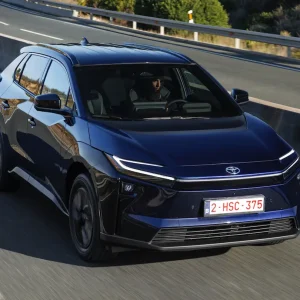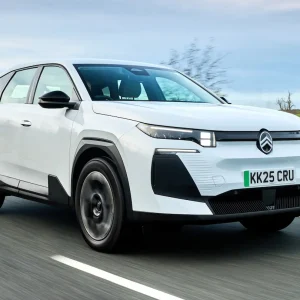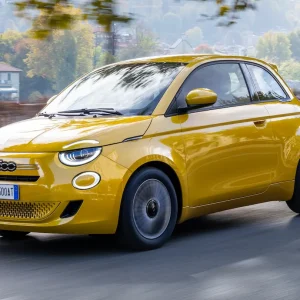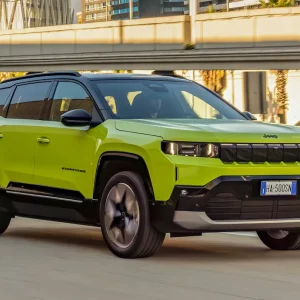Newcomers such as the Mercedes C-Class came close, but even after five years the BMW 3 Series was still at the top of its game. To keep it there, BMW has ust facelifted the current seventh-generation version.
Outside, the most visible changes to the 3 Series’ look are at the front, with the tougher front air dam with larger air intakes, slimmer new full-LED headlights with the distinctive daytime running lights arranged in an inverted L shape. Plus, modified contours and new double bars of the iconic kidney grilles, adding to the more powerful look.
That new look is carried on to the back of the revised 3 Series, with a new rear apron. All models now get 17in alloy wheels, while M Sport spec models, like our Touring test car, now get bigger 18in wheels. Choose a BMW Performance model and you’ll get even bigger 19in alloys. The final external changes for the 3 Series revolve around the colour choice, which has been increased with the addition of two BMW Individual finishes.
More significant tech updates have taken place inside the facelifted 3 Series, with it getting the same BMW curved display we’ve already tried in the i4. This is made up of a 12.3in information display behind the steering wheel, plus a further central screen that is 14.9in, which merge to form a single fully digital unit. Below the screen, the central air vents are slimmer and redesigned and although we’re not so keen on the lack of physical buttons, the climate control along with other functions are now voice activated.
Talking of the controls, the centre console in the 3 Series has more touch-control services, including IDrive controller and Driving Experience Control buttons. Finally, there are new steering wheel paddles for the standard eight-speed automatic, plus a revised gear selector.
New tech aside, in M Sport trim it feels well-equipped, the driving position remains excellent with plenty of space. Rear space is fine too, with the only compromise being boot space, as even in Touring estate form, 90 litres is lost to all the hybrid kit.
The 3 Series is available with a choice of four petrol engines, including the fleet favourite 330e plug-in hybrid that we have here. Plus, two diesel engines both with mild-hybrid technology and a pair of BMW Performance models at the top, in the form of the M340i and M340d. With xDrive fitted to top performance models.
Our favourite and a key choice for fleets, is the BMW 330e plug-in, which combines a 181hp 2.0-litre petrol with an 11.15kWh battery and 88kW electric motor, equalling up to 35 miles of EV range, a total of 292hp and BIK starting at 12%.
The 330e’s performance figures are impressive, but for comparison, the recently-driven Mercedes C300e offers a keener 8% BIK figure, emissions as low as 13g/km, and up to 68 miles on electric power alone. This is 33 miles more than the 330e can manage.
Hit the road and it’s hard to tell the difference between this and a pre-facelift long-termer that I had the pleasure of living with for five months. Even starting in electric, performance is as urgent as you’d expect a big-engined 3 Series to be – seamlessly switching to petrol power as the speed climbs. Although it does feel noticeably less urgent when the battery is depleted, so along with the lower BIK figures, this is surely enough of a reason to keep it charged up.
Adding to the involving 3 Series driving experience is the impressive refinement, precise steering, and sharp handling. We’d add that although still great to drive, you can feel the extra weight of all the hybrid kit in corners, where the 330e perhaps doesn’t feel as sharp as a straight ICE engined 3 Series – although the 19in wheels don’t help here.
The all-electric i4 does a similar job to the 3 Series, but if you can’t go full EV, the 330e remains the benchmark by which other rivals should be judged.
BMW 330e M Sport Touring
P11D: £47,755
Residual value: 41.48%
Depreciation: £27,959
Fuel: £7,548
Service, maintenance and repair: £2,495
Cost per mile: 63.33p
Fuel consumption: 39.7mpg
CO2 (BIK %): 44g/km (12%)
BIK 20/40% a month: £95/£191
Luggage capacity: 500 litres
Engine size/power: 1,999cc + 11.15kWh/292hp





